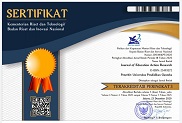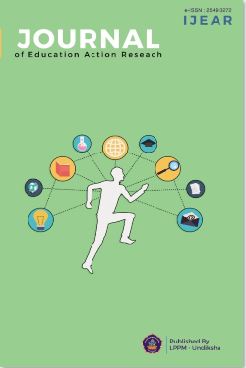The Usage of Comics in Physics Learning: A Systematic Review of the Indonesian Research Literature
DOI:
https://doi.org/10.23887/jear.v8i4.87885Keywords:
A Systematic Review, Comics, Indonesia, Physics LearningAbstract
In today's digital age, visual components, including education, influence all aspects of life. Comics in the form of interaction of written and visual information may serve two purposes: teaching scientific concepts effectively and increasing students' interest. This study aims to analyze the development of comics in physics learning based on the needs of the learning process and outcomes. This study reviews comics in physics learning and provides recommendations for future research and practice. This research uses a systematic literature review research method. This research presents a literature review based on 23 studies. The procedure used in this study from the development of research questions, preparation of selection criteria, development of search strategies, selection of studies using selection criteria, assessment of study quality, and synthesizing the results of research questions. Research data collection was conducted using online searches from data-driven journal indexers such as Google Scholar, IOP Science, DOAJ, and Scopus. The review identified the status and trends in the use of comics, their impact on the learning process, and opportunities for developers and practitioners. Research development trends show that the use of comics in physics learning in Indonesia fluctuates. The results of data analysis show that learning physics with comics can stimulate students' learning ability well. Thus, the researcher invites future research to focus on what students learn through comics through the implementation of instructional interventions.
Downloads
Published
How to Cite
Issue
Section
License
Copyright (c) 2025 Ghaida Prinisa Achmad, Muslim, Dadi Rusdiana

This work is licensed under a Creative Commons Attribution-ShareAlike 4.0 International License.











